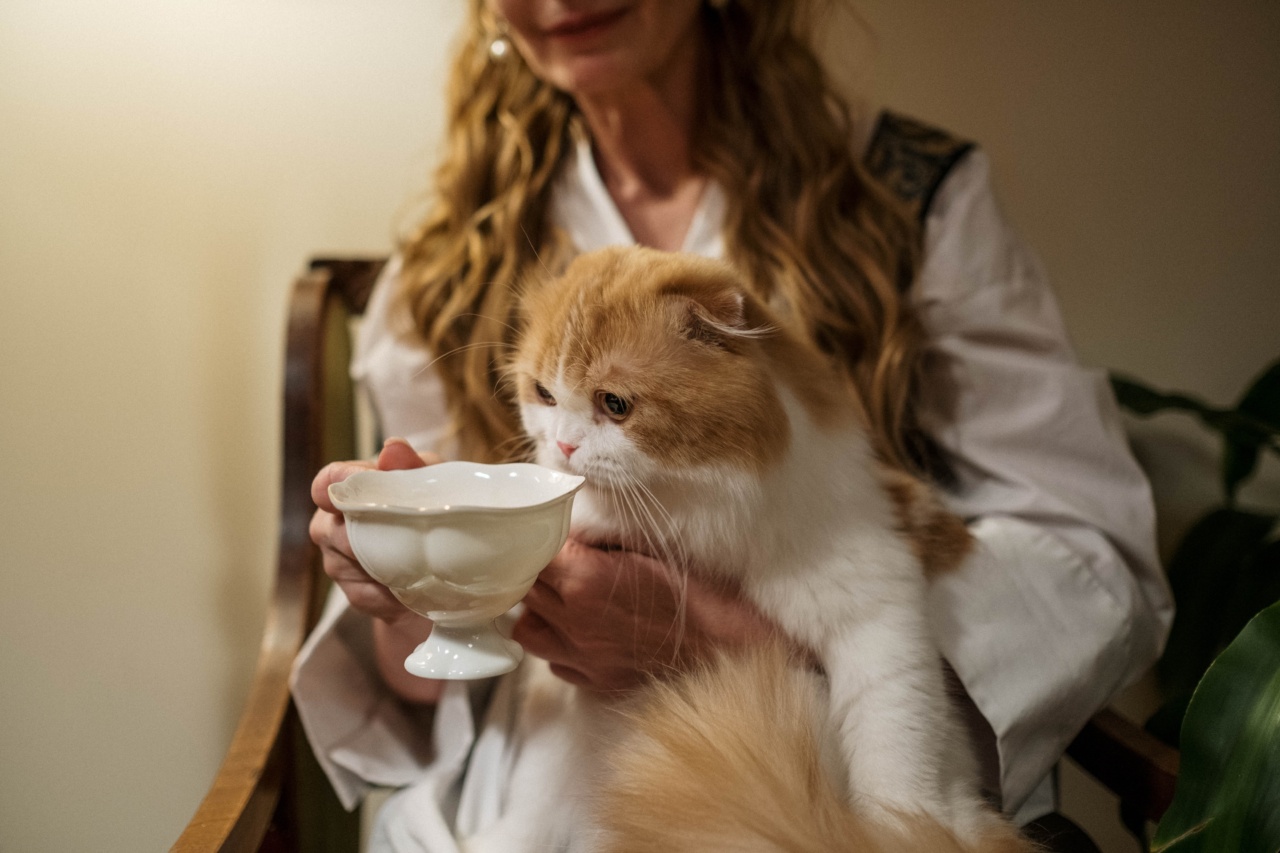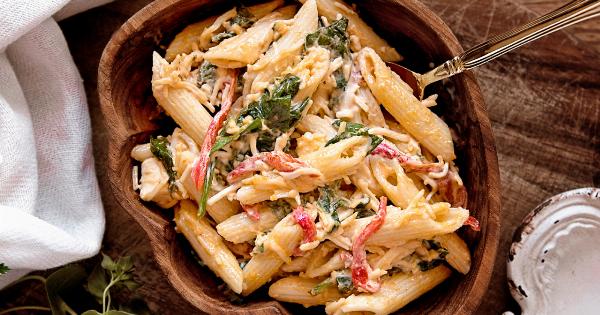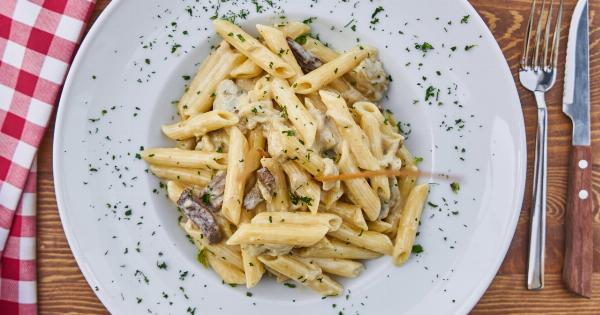Having the right diet is crucial for the health and wellbeing of your feline friend. Feeding your cat a balanced and nutritious diet is essential to ensure they live a long and happy life.
With so many options available, it can be overwhelming to figure out what to feed your cat. This guide will help you navigate the world of feline nutrition and provide you with essential tips on how to choose the right food for your cat.
1. Understanding Your Cat’s Nutritional Needs
Cats are obligate carnivores, which means they require a diet rich in animal protein to thrive. Unlike humans and dogs, cats have specific dietary requirements that cannot be met through a vegetarian or vegan diet.
They need certain nutrients such as taurine, arachidonic acid, and vitamin A, which are only found in animal-based proteins.
Additionally, cats require a higher amount of protein and fat in their diet compared to other animals. Protein is vital for maintaining healthy muscles, while fat provides a concentrated source of energy.
It’s important to choose cat food that meets these requirements.
2. Wet vs. Dry Food: Which is Better?
When it comes to choosing between wet and dry cat food, both options have their advantages and drawbacks. Wet food typically has a higher water content, which can help keep your cat hydrated, especially if they have a low thirst drive.
It also tends to be more palatable and easier for cats to chew, making it a good option for kittens, senior cats, and those with dental issues.
Dry food, on the other hand, is more convenient and cost-effective. It doesn’t spoil as quickly as wet food and can be left out for longer periods. Dry kibble also helps promote dental health by reducing tartar and plaque buildup.
However, some cats may have a preference for wet food due to its texture and higher protein content.
3. Reading the Labels: Decoding Cat Food Ingredients
Understanding how to read cat food labels can help you make informed decisions about what to feed your cat. The order of ingredients listed on the label is important, as it indicates the relative abundance of each ingredient.
Look for high-quality animal protein sources like chicken, turkey, or salmon listed as the first ingredient.
Avoid cat foods that contain excessive amounts of fillers and carbohydrates such as wheat, corn, or soy. Cats have a limited ability to digest carbohydrates, so it’s best to opt for grain-free or low-carb options.
Artificial additives, like colors, flavors, and preservatives, should also be avoided, as they offer no nutritional value and may cause health issues in the long run.
4. Suitable Treats and Snacks
Just like humans, cats enjoy the occasional treat or snack. However, it’s important to choose treats that are both delicious and healthy.
Many commercial cat treats are high in fat, calories, and contain fillers and additives that are not ideal for your cat’s health.
Look for natural and minimally processed treats made from high-quality protein sources. Freeze-dried meat treats, for example, provide a nutritious and flavorful snack for your cat.
You can also consider using small amounts of cooked and unseasoned meat as treats, such as chicken or turkey. Remember to keep treats limited and make adjustments to your cat’s meal portions to avoid overfeeding.
5. Special Dietary Considerations
Some cats have specific dietary requirements based on their age, health conditions, or lifestyle. Here are a few special considerations to keep in mind:.
A. Kittens:
Kittens require a diet that supports their rapid growth and development. Look for specially formulated kitten food that is rich in protein, essential vitamins, and minerals.
It’s important to transition them to adult cat food gradually as they grow.
B. Senior Cats:
As cats age, their metabolism slows down, and their nutritional needs change. Senior cat food is designed to support their joint health, urinary tract, and overall well-being. Choose food that is easy to chew and digest.
C. Health Conditions:
Cats with specific health conditions, such as kidney disease or food allergies, may require a special diet. Consult with your veterinarian to determine the most suitable food options for your cat’s condition.
6. Transitioning to a New Food
When introducing a new cat food, it’s important to do so gradually to prevent digestive upset. Start by mixing a small amount of the new food with your cat’s current food, gradually increasing the proportion over a week or two.
This will give your cat’s digestive system time to adjust to the new diet.
7. Feeding Schedule and Portion Control
Establishing a consistent feeding schedule is beneficial for your cat’s overall health and digestion. Divide your cat’s daily food portion into multiple meals to prevent overeating and weight gain.
Avoid free-feeding and consider using puzzle feeders or food-dispensing toys to make mealtime more engaging and mentally stimulating for your cat.
8. The Importance of Hydration
Cats often have a low thirst drive, and dehydration can lead to various health problems. Alongside a balanced diet, make sure your cat has access to fresh water at all times.
Some cats prefer running water, so a cat water fountain might encourage them to drink more. Additionally, you can incorporate wet food into their diet to increase their fluid intake.
9. Regular Monitoring and Vet Check-ups
Observing your cat’s eating habits, weight, and overall condition is important to ensure they are thriving on their chosen diet.
If you notice any sudden changes in appetite, weight loss or gain, or abnormal behavior, consult your veterinarian as it may be an indication of an underlying health issue.
10. Tailoring the Diet to Your Cat’s Needs
Every cat is unique, and what works for one may not work for another. It’s essential to consider your cat’s age, activity level, and any specific dietary requirements when selecting their food.
Regularly assess their body condition and consult with your veterinarian to determine if any adjustments are necessary to optimize their nutrition.





























